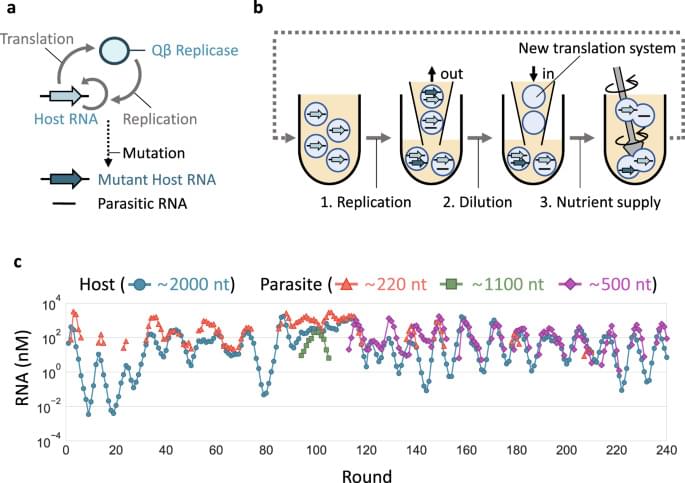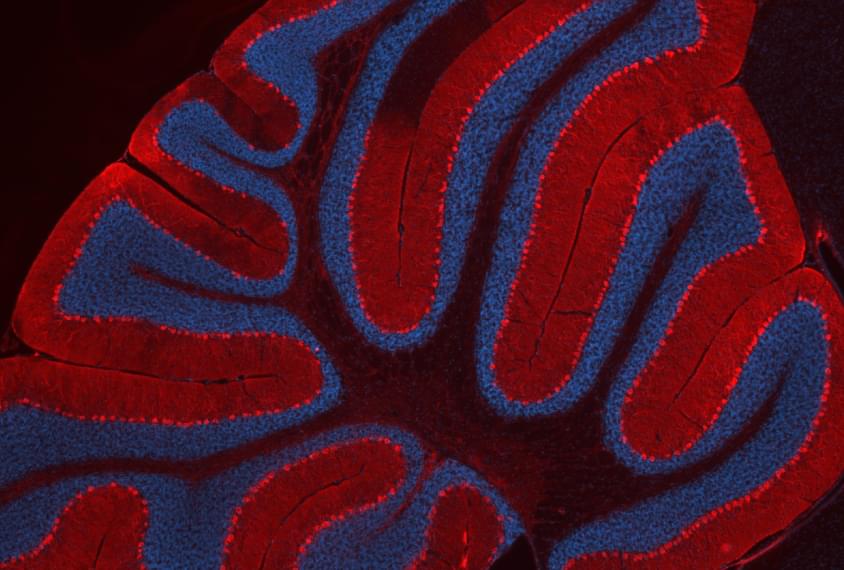Long-term experimental evolution shows that a single polymerase-encoding RNA replicator can evolve into a complex replicator network, shedding light on how a molecular replicator could have developed complexity before the emergence of life.
The amphibians, which live only 13 miles apart, look completely alike but are genetically diverse—a surprise to scientists.
Elon Musk sent Starlink satellite Internet service to Ukraine. It seems to be helping.
Tesla had a rough start to the week, but the company is finally getting some good news to end it.
That’s over double the original expected launch cost.
NASA’s Space Launch System is supposed to ferry astronauts to the Moon, but at an estimated $4.1 billion per launch, it may be doomed before it ever gets off the ground.
Abstract. Most undeciphered lost languages exhibit two characteristics that pose significant decipherment challenges: the scripts are not fully segmented into words; the closest known language is not determined. We propose a decipherment model that handles both of these challenges by building on rich linguistic constraints reflecting consistent patterns in historical sound change. We capture the natural phonological geometry by learning character embeddings based on the International Phonetic Alphabet (IPA). The resulting generative framework jointly models word segmentation and cognate alignment, informed by phonological constraints. We evaluate the model on both deciphered languages (Gothic, Ugaritic) and an undeciphered one (Iberian). The experiments show that incorporating phonetic geometry leads to clear and consistent gains.
The drug suppresses an overactive signaling pathway implicated in tuberous sclerosis complex.
Long Studio is a barn-style architects’ studio and home office in Maine, built by and for architecture office 30X40 Design Workshop.
The aluminium-clad studio is located on the grounds of studio founder Eric Reinholdt’s home on Mount Desert Island, off the coast of New England.
30X40 Design Workshop created the simple gabled structure as both a place to work and a practical demonstration of the office’s approach to architecture.
Q Cells has set a new world-record tandem cell efficiency of 28.7% in collaboration with researchers at Helmholtz-Zentrum Berlin using a Q.antum-based silicon bottom cell in combination with a perovskite-based top cell.








